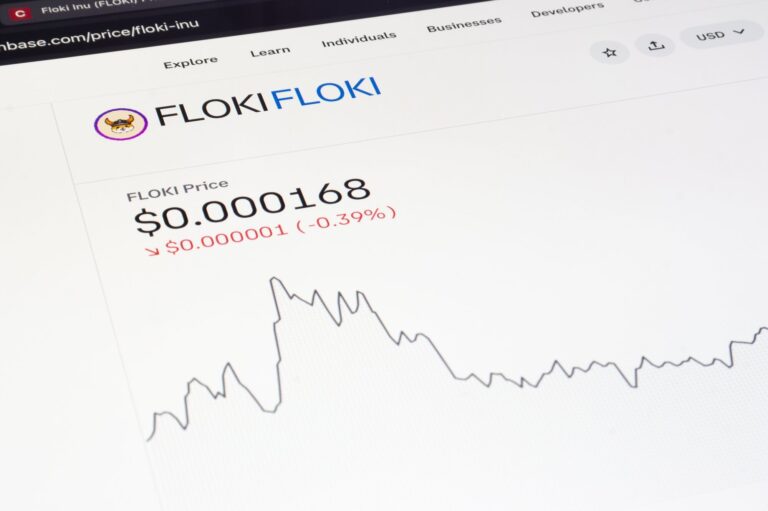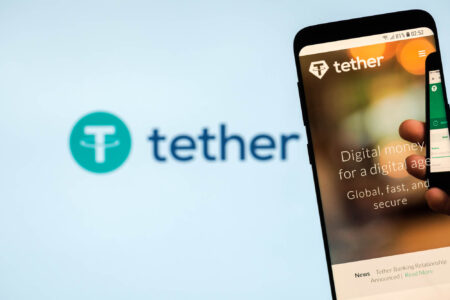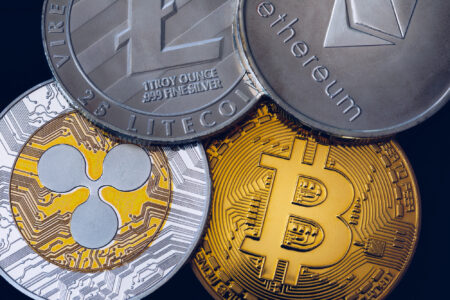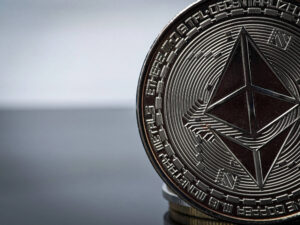Unit bias is a mindset that leads investors to prefer "cheap" cryptocurrencies because they perceive the value of a whole unit to be greater than a fraction of a more expensive coin. Many believe that a coin priced at $0.01 has more potential than bitcoin at over $100,000.
Unit bias is a misconception because the price of a single unit says nothing about a project's actual value. This misunderstanding often misleads beginners in the crypto market, who think that lower-priced cryptocurrencies have better chances of yielding profits. However, other factors, such as the total market capitalization - calculated from the price and the number of issued tokens - are far more important. Some crypto projects deliberately exploit this bias to attract more small investors.
Unit bias influences crypto investment decisions
In traditional financial markets, the value of an asset is assessed based on its market capitalization, utility, and other fundamental metrics. In the crypto space, however, unit bias causes many investors to focus primarily on the price per coin rather than the overall valuation of a project. A similar phenomenon can be observed in traditional markets with so-called penny stocks - shares priced at under one dollar.
A classic example is the assumption that a token trading at $0.001 has more growth potential than a coin priced at $1,000, regardless of whether the first token has a circulating supply in the trillions, making significant value appreciation unrealistic. At the same time, many investors ignore the fact that a fraction of a valuable coin, such as bitcoin or ethereum, can experience the same percentage increase in value as a whole unit.
Most people buying TRUMP are normies that do not care what marketcap means
All they know is that trump launched a token and it’s only at $40 while bitcoin is at a $100K
So it’s pretty undervalued to them.
— The Wolf Of Crypto Streets (@W0LF0FCRYPT0) January 19, 2025
How projects exploit unit bias
Some crypto projects intentionally design their tokenomics to take advantage of unit bias. A common approach is to issue extremely large token supplies to create an artificially low price per unit. This gives small investors the impression that they can acquire many coins at a "cheap" price, influencing their decision to buy.
For example, Shiba Inu (SHIB) has a circulating supply in the hundreds of trillions of tokens, making individual units appear extremely affordable. However, the overall market capitalization is crucial for determining a project's actual value. For SHIB to reach a price of $1 per token, its market capitalization would need to rise to nearly $600 trillion. By comparison, the entire U.S. stock market is valued at just over $100 trillion.









